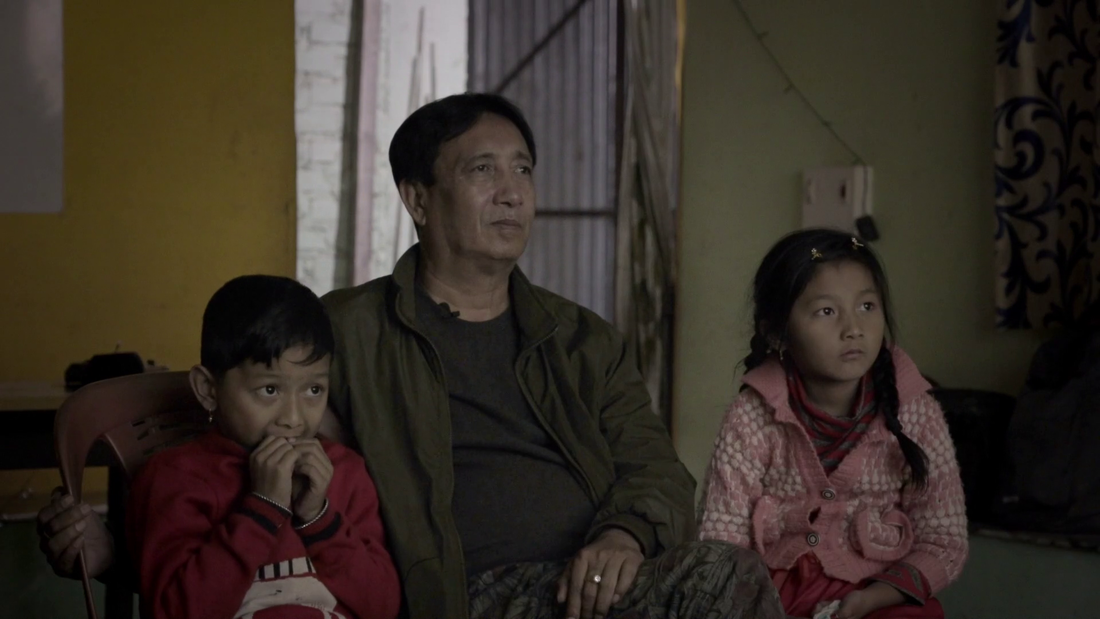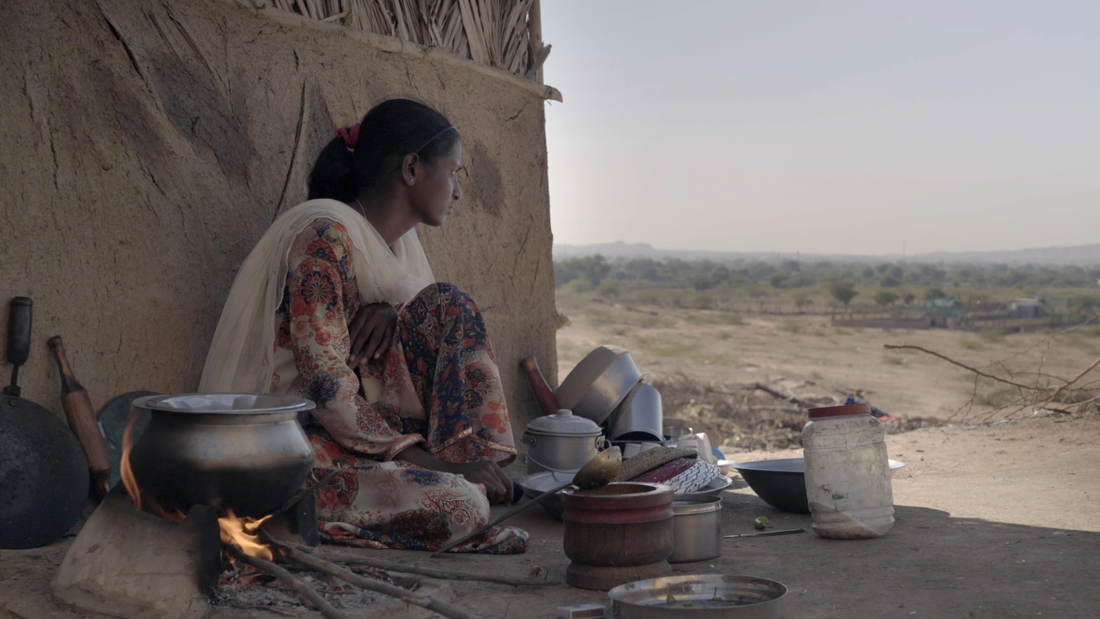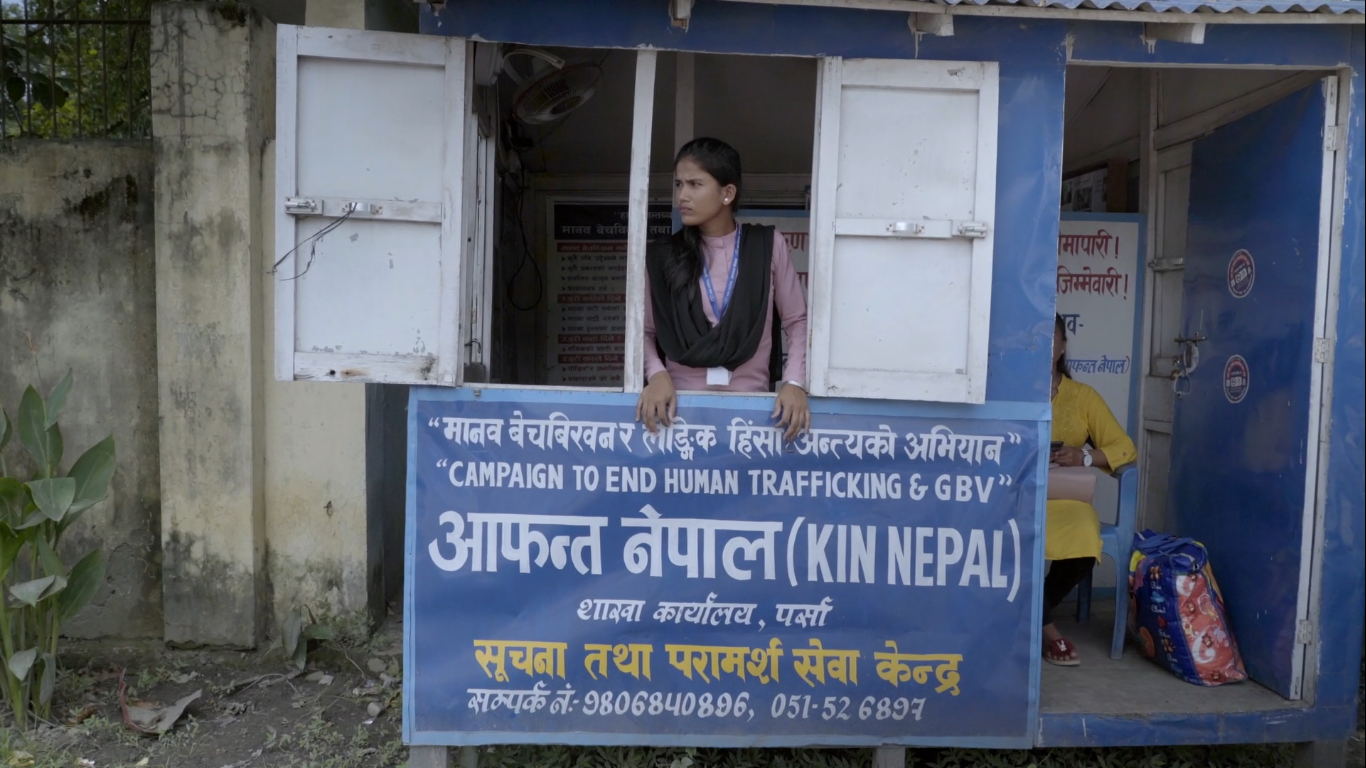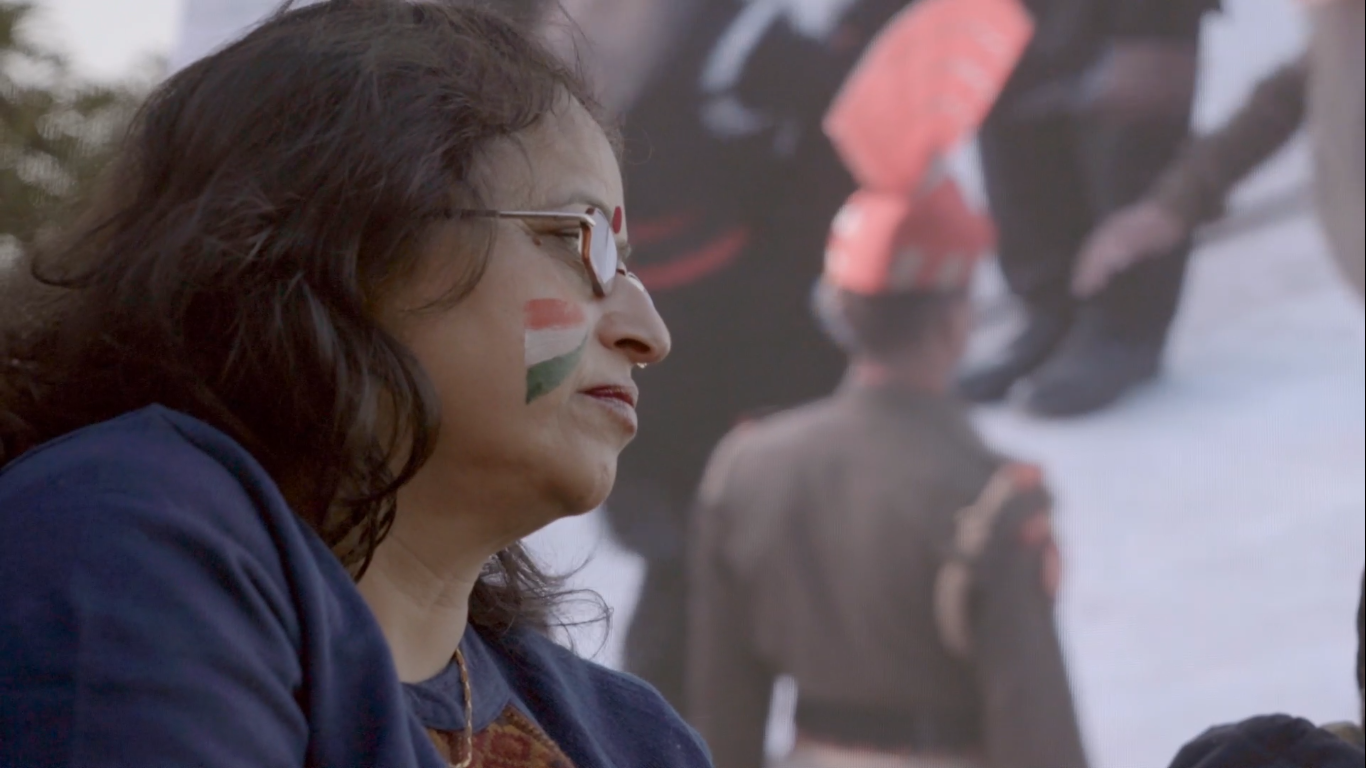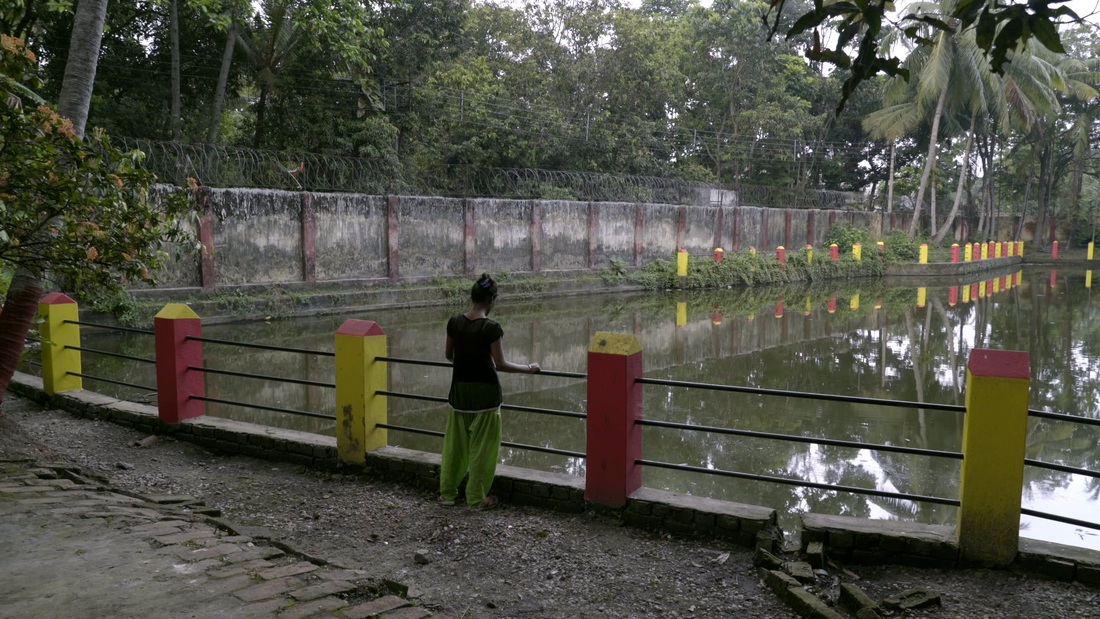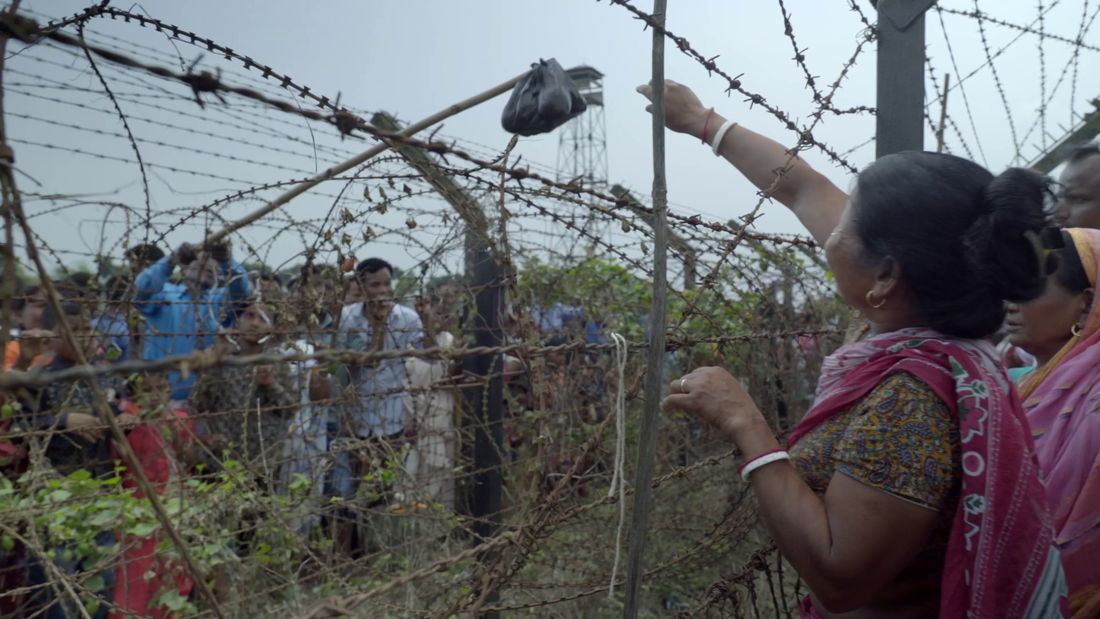|
I don’t think that anyone has ever convinced me to change my mind about my political or moral beliefs by using academic theories and 25-cent vocabulary words. However, when someone tells me a personal story, I can’t help but open my mind to new thoughts and ideas. As I participate in and observe political battles on social media, I’ve also learned that it’s easier to communicate with others via storytelling rather than through theoretical explanations filled with progressive buzz-words (which will just make people mad unless they already agree with you). Naturally, then, a narrative film can easily garner sympathy from a wide audience, while a politically-charged documentary will struggle to communicate with audience members who don’t already agree with its message. This is unfortunate, since many narrative films about social justice issues often go all-in with the drama, making the audience feel like they’ve done their part just by displaying an emotional response (as in, “I thought The Help was sad so clearly I’m not racist.”) So, what are some effective strategies that filmmakers can use to educate their audience about social justice issues? Samarth Mahajan gives us some ideas with his human-centered documentary, Borderlands. Borderlands introduces us to six individuals who are all affected in some way by the political borders on the Indian subcontinent. Each of the six subjects has their own beliefs, concerns, and priorities, and Mahajan gives each person space to talk about the issues that are most important to them. While the documentary has a central theme (borders), there’s no one overarching theory or belief that dominates this thought-provoking film. Rather than telling us what to think, Mahajan gives us an opportunity to listen to and learn from a diverse group of people and take from their stories what we will. Far from a polarizing documentary, Borderlands is a human-centric film that reminds us how to communicate and listen effectively. Based on a one-sentence description of the film, we could easily categorize Borderlands as a political or “current events” documentary. However, from the opening credits onward, the film subverts our expectations. Rather than starting off tense and volatile, the documentary sets a calm tone with its friendly, cheerful score. Although there isn’t a lot of music in the film, this bright score comes back a few times throughout to help maintain the movie’s easygoing tone. This opening score accompanies graphics that outline the borderlands in question. However, every detail of these graphics, from the font style to the pins marking specific points on the map, set the mood for a fun travel documentary rather than a political piece. Borderlands surprises us from the beginning, making us question our expectation to see images of political turmoil. However, this casual opening raises an important question: does the cheerful tone of Borderlands undermine its serious subject matter? I would argue, absolutely not. By setting and maintaining a calm tone, Borderlands prepares us to be more receptive to the story it has to tell. The opening credits tell us to put down our war paint and get ready to listen, which we can’t do if we’re feeling tense. Tension makes us more interested in our own feelings and biases rather than what the people on screen have to say, even if we agree with them. If we just blindly accept the message of a documentary because it got us all tense and fired up, we’re not really doing ourselves any good. But by starting off with a relaxed, friendly, and welcoming tone, Mahajan prepares us to listen. It’s a clever strategy, setting the stage for an effective documentary. Following the opening credits, Mahajan introduces us to the six subjects of the documentary one by one. We learn their names, where they’re from, and where they live now. With clear-cut intros for each individual, the documentary has a fairly straightforward structure that’s supported by solid editing and transitions. The intros do take up a good chunk of time, however, and the documentary is almost halfway over before it circles back to someone that’s already been introduced. While this structure makes the 67-minute feature feel slightly unbalanced, it’s an almost unnoticeable flaw in an otherwise magnificent film. It’s impossible to make a totally objective movie, but Mahajan succeeds in making the interviews feel as objective as possible. The interviews are conversational, allowing us to listen to the subjects and form our own opinions of them without being told what to think. We don’t get the sense that Mahajan or any other crew member was guiding the subjects or pushing an agenda on them in any way, and the documentary doesn’t present one person or lifestyle as superior to the others. Instead, it gives each person time to tell us their story, revealing how different beliefs and priorities make sense to people in different situations. Borderlands isn’t bogged down by an angle or agenda - it’s just about the variety of life. Mahajan does a fantastic job of presenting these six individuals as unique persons whose hopes and aspirations transcend the constraints of any one political agenda. The most enjoyable part of Borderlands for me as a viewer is that it’s not emotionally manipulative. There are emotional moments, to be sure, but (as far as I can tell) these moments are the natural result of genuine conversations between the director and the subjects, not the product of a filmmaking agenda. Borderlands is a people and relationship-centered documentary through and through, a style that many other political filmmakers could benefit from. "Borderlands" had its US premiere at the 2021 New York Indian Film Festival
0 Comments
Leave a Reply. |
"Our embodied spectator, possibly perverse in her fantasies and diverse in her experience, possesses agency...finally, she must now be held accountable for it." Categories
All
|

